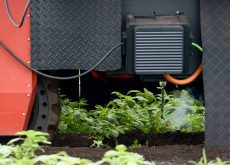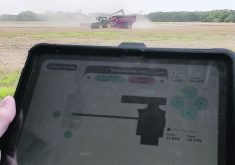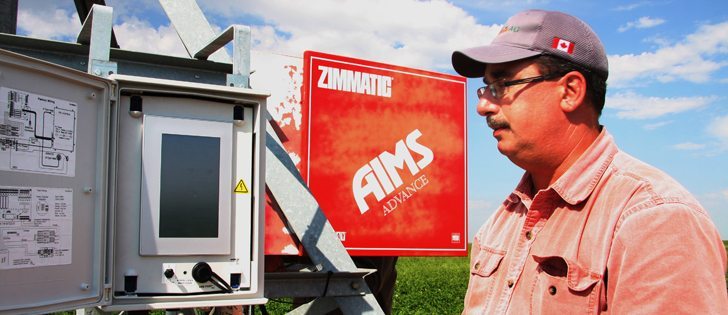Field-scale research | Farmers need to analyze data collected by soil and crop mapping
CALGARY — Precision farming techniques, with their ability to accurately measure inputs and outputs, can be a boon to on-farm research.
Several speakers at the Feb. 22-23 Precision Ag 2.0 conference in Calgary pointed out the benefits of precision farming, and some farmers at the event have already embraced the technology.
Josh Fankhauser, who farms 7,000 acres near Claresholm, Alta., with his father and uncles, is one of them. He used precision agriculture tools to do a 28-plot fertilizer trial last year and spent much of December analyzing the results.
Read Also

Phosphate prices to remain high
Phosphate prices are expected to remain elevated, according to Mosaic’s president.
However, he plans to repeat the trials for three years before making wholesale changes.
“We’ve not put down a single new input of any kind on the farm without running it through some sort of farm field-scale research trial with check strips,” Fankhauser said.
Ty Faechner, executive director of the Agricultural Research and Extension Council of Alberta, said more on-farm research is a natural outcome of farmers’ move toward precision farming.
“I think once people start learning and being able to use (precision farming techniques), now that they’re more comfortable, there will be a lot more work done in that area,” he said.
The council is developing software tools to help farmers analyze the data collected through soil and crop mapping and input and yield monitoring and intends to make them available on-line when they are ready.
An increase in on-farm research may also help fill gaps left by reduced government-funded research, said Faechner, who noted that many federal and provincial government researchers are nearing retirement and some won’t be replaced.
Agronomic research could suffer as a result.
“We’d better start ramping up this other stuff because there’s not enough people doing this work in Western Canada.”
However, on-farm research takes time and costs money, putting more financial responsibility on the farmers who undertake it.
“I think people will have more responsibility for that as well,” said Faechner.
“I do believe, though, the more traditional approach for research will still continue. It will help validate some of the things (on-farm re-search) people are doing.”
Faechner told the conference there is a trend toward field-based approaches as opposed to the small plot model.
He suggested a partnership between the farmer, researcher and agronomist as a good way to approach field research.
“Most farmers are interested in research, but they don’t have the time and energy to do the analysis,” Faechner said.
The producer could supply the land, do the seeding, harvesting and input applications and collect GPS based yield data.
The researcher could select the sites, plot the design of the research, analyze the data and write a report on the results.
The agronomist could look after soil testing, calculate fertilizer type and application, monitor weather data, make field observations and help collect crop yield information.
Faechner said the end result would ideally be reliable data on which future crop management decisions could be based.
Key to such arrangements is an agreement on whether research information can be shared, and if so, how and with whom.
“What tends to happen, depending on how or who you’re working with, sometimes that information is proprietary and it doesn’t go beyond those boundaries,” Faechner said.
“That has to certainly be sorted out ahead of time so you don’t have any miscommunication.”















